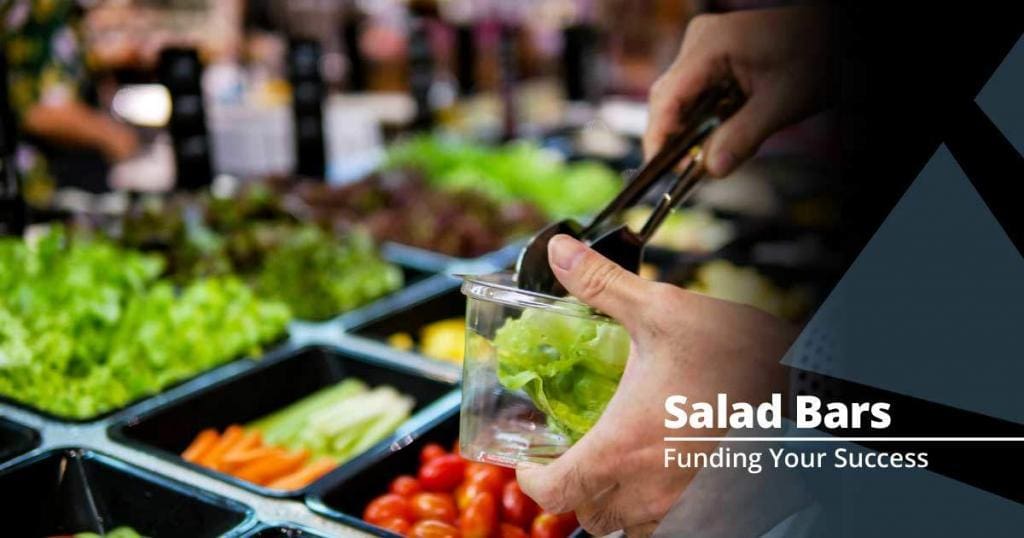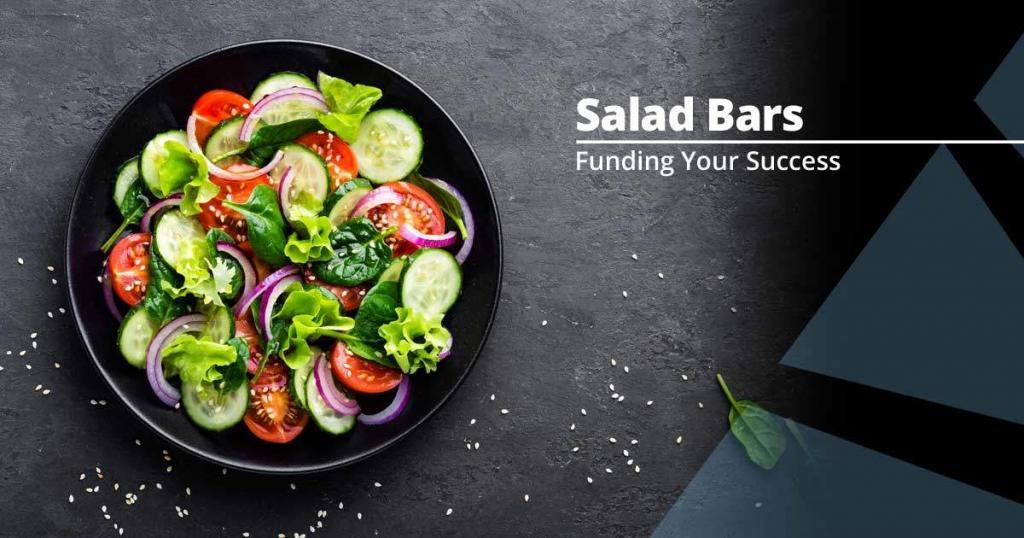Where’s the Salad Bar?

Is healthy still an in-thing? Where’s the Salad Bar?
Mention the Wendy’s Superbar to just about any kid growing up in the 80s and you’re sure to spur some nostalgic conversation. While it was phased out in the late 90s, it wasn’t for lack of popularity: This fantasy island of fast food was shut down because staff couldn’t keep it stocked (who didn’t love that garlic bread made out of sliced hamburger buns?). Genius? We think so. Restaurant salad bars, originally invented in the late 60s as a “first course” to keep customers satiated while waiting for their meals, gained popularity in grocery stores soon after. But while you’re hard-pressed to find a restaurant that still maintains a salad bar today, the grocery store salad bar is still hanging on—and we’ll tell you why.
It may come as a surprise to hear that salad bars at some grocery stores are waning, especially given the current trend of clean eating that’s taking the nation by storm. Salad bars have always had a dodgy reputation to some. No one knows how long the food has been sitting out, if it’s being kept at the correct temperature, who has touched it with their bare hands, or if that sneeze guard actually works. Then there’s the issue of keeping it stocked enough to appear well-maintained, utilizing staff hours to prep and clean, and the high volume of food waste it usually generates. Unless a restaurant is one of the unicorns that enjoys a big population of salad-bar goers, the economics speak for themselves: Salad bars just aren’t worth it. Or are they?
Follow the lunch crowds in your local Whole Foods and they’re likely all piled into the salad bar section, where you can get anything from vegetarian sausage to roasted green beans to olives spanning the entire color spectrum. These salad and food bars are packed—not only with food, but with customers. Places like Whole Foods and 3 Greens Market have reinvented the salad bar with their innovative dishes and endless options. Customers are more likely to experiment with a new dish if they only have to buy a small amount. And if it turns out that egg-and-cheese burrito was a homerun, it’s like also available for purchase in the frozen aisle. So, the salad bar can function as a sort of “test drive” for consumer taste buds.

The best salad bars sometimes have very little to do with salads at all. The key is options, including hot, cold, sweet, and savory. Fresh grilled chicken, wild-caught salmon, tropical fruits, and assorted crunchy toppings are no longer to be seen as a pleasant surprise anymore—they’re necessities. And with 46% of respondents to a Technomic survey saying they “prefer to build their own salads rather than order one from a menu,” maybe you want to take a cue from these grocery markets and reinvent the salad bar at your restaurant. It does seem like there’s a sweet spot for these salad buffets, if they’re done right.
Start small. If incorporating a full-scale salad bar into your restaurant isn’t in the cards right now, test out a build-your-own salad menu with a fixed price for a certain amount of toppings. Innovative ingredients and offerings will entice your health-conscious customers to think outside the bowl. Who knows? The idea could catch on, and maybe the once-retro salad bar could see a prime spotlight in your modern-day restaurant.
Need more great restaurant advice? Be sure to stop by our blog every week for new content, news and information. And if you’re ready to invest in the success of your business, ARF Financial has the loan experts you need to steer you in the right direction and help you create the perfect loan solution. Come see what we mean today!

